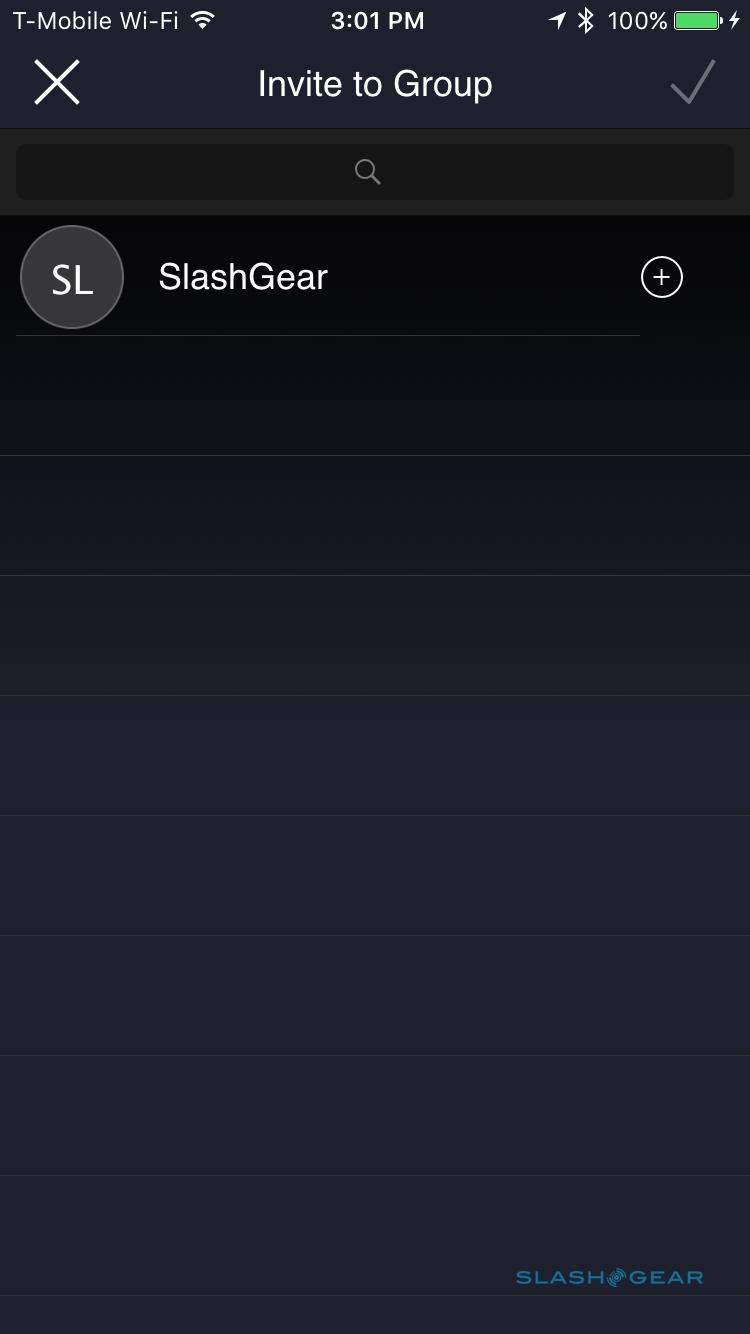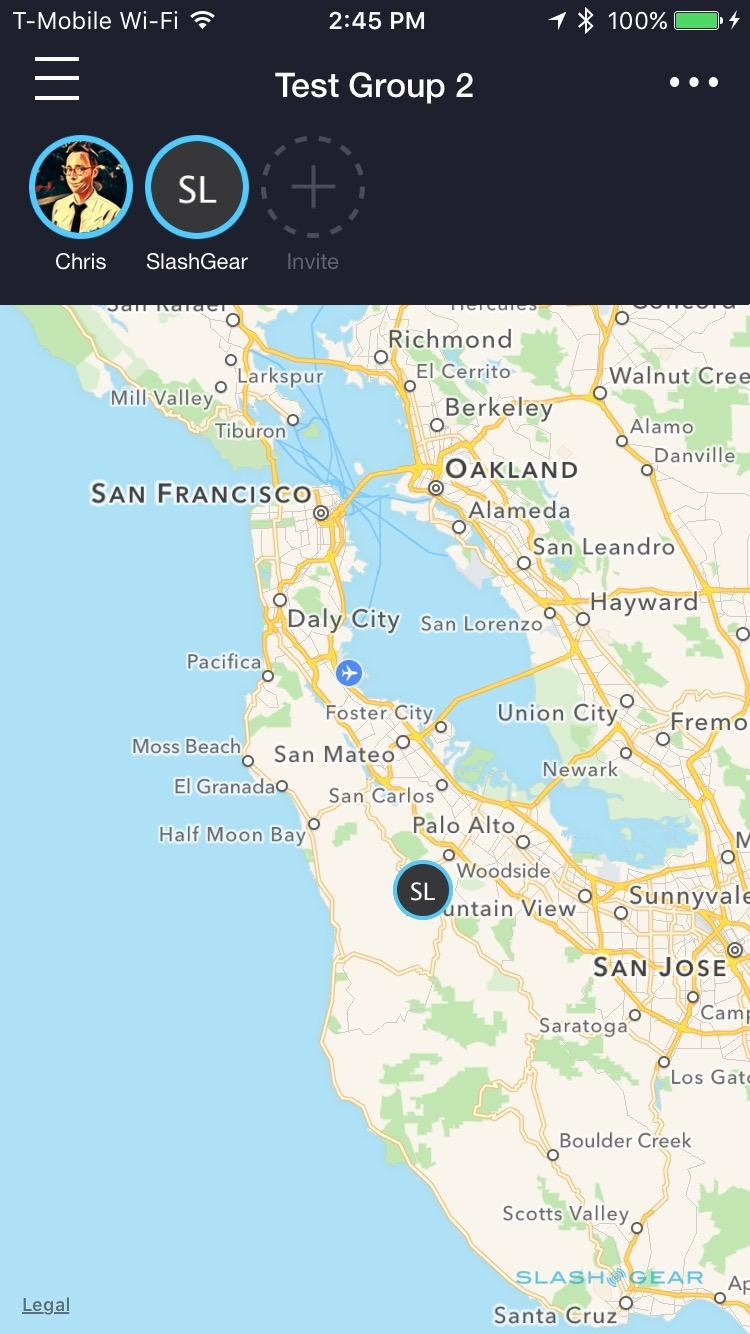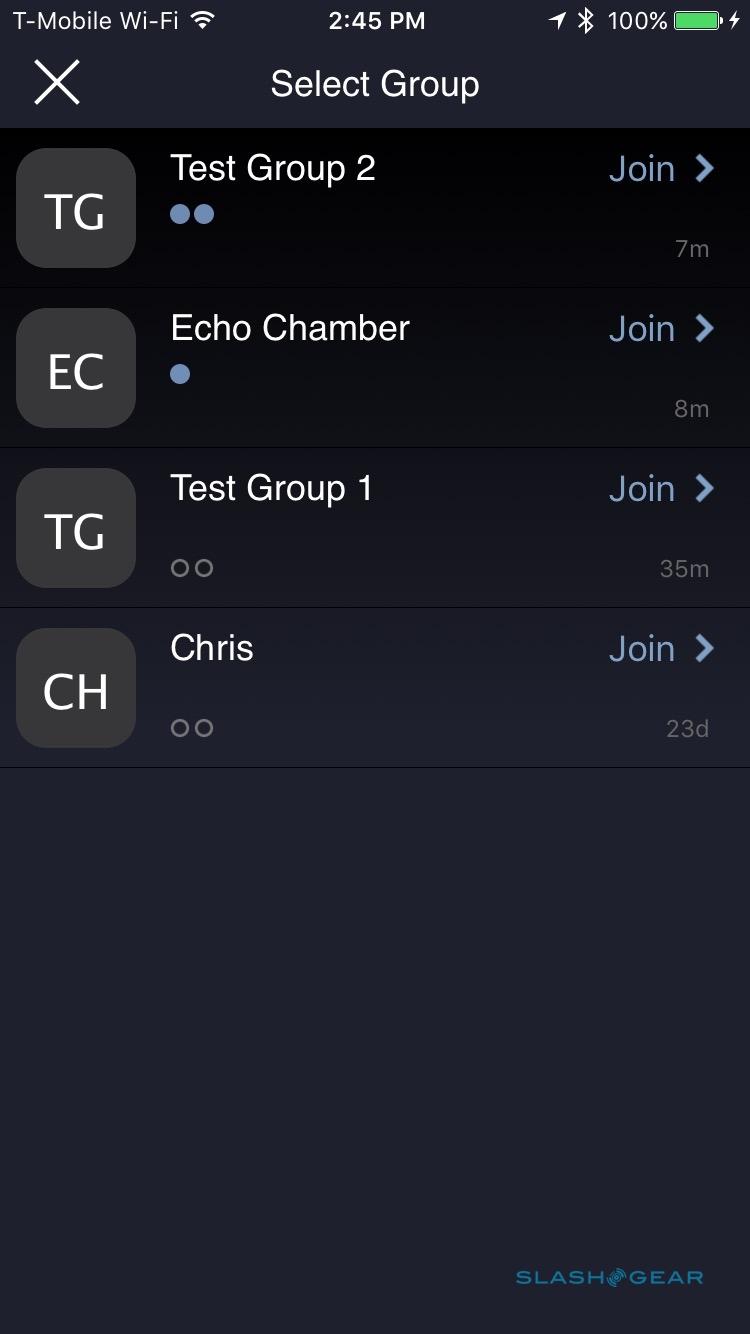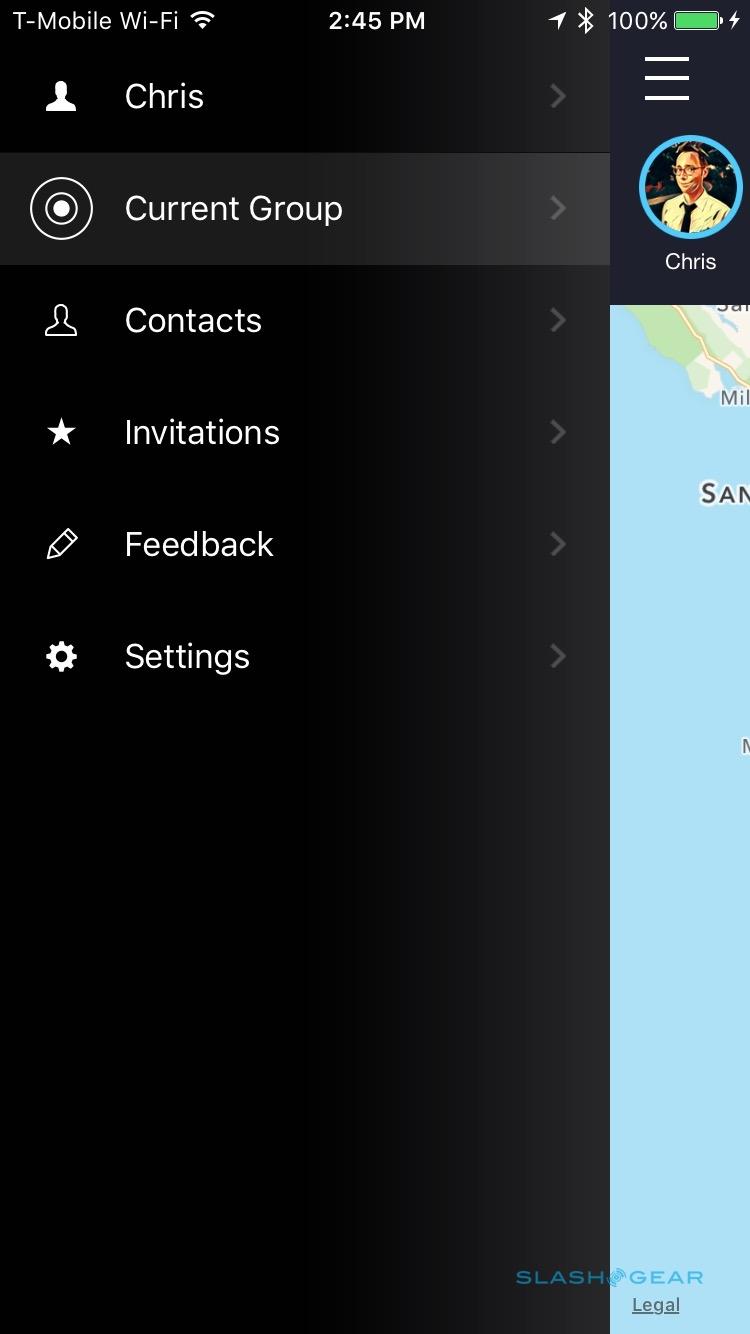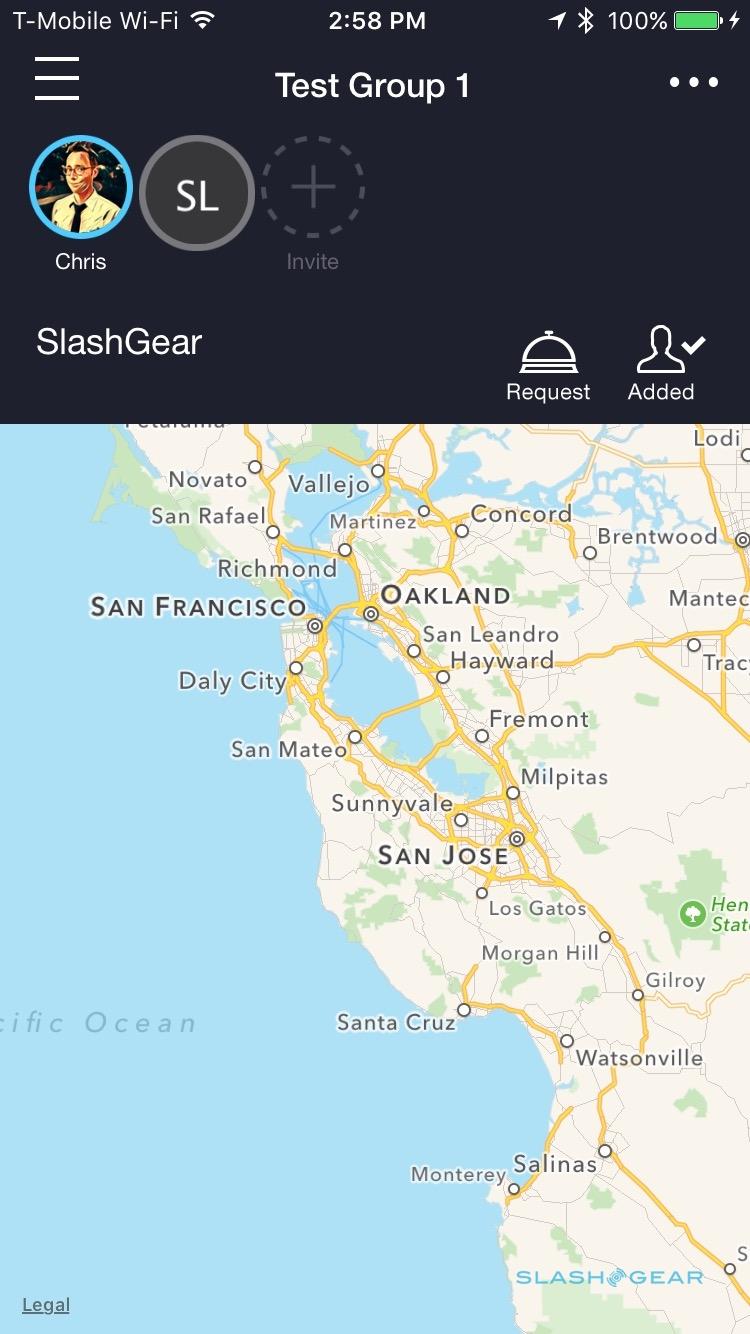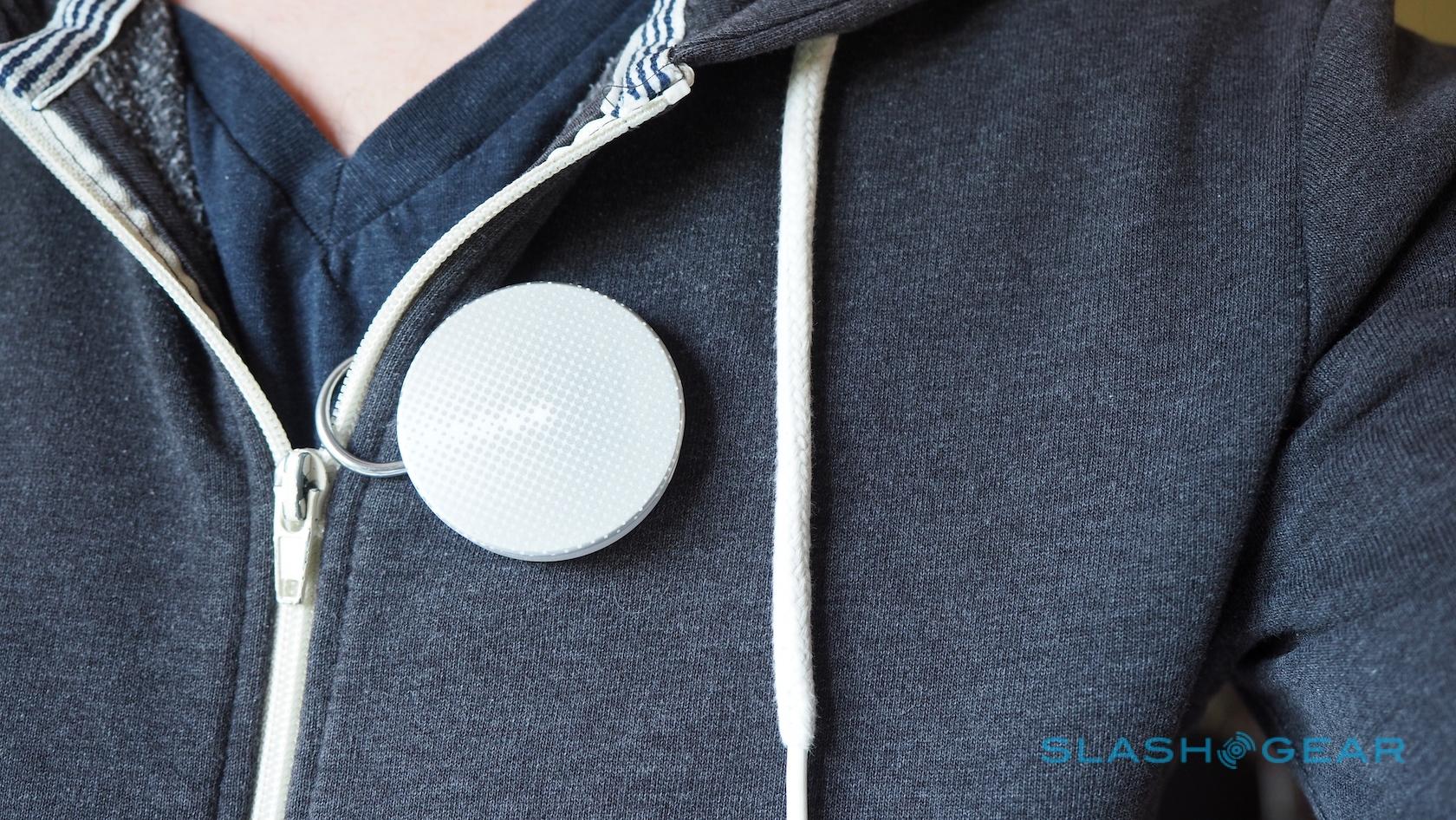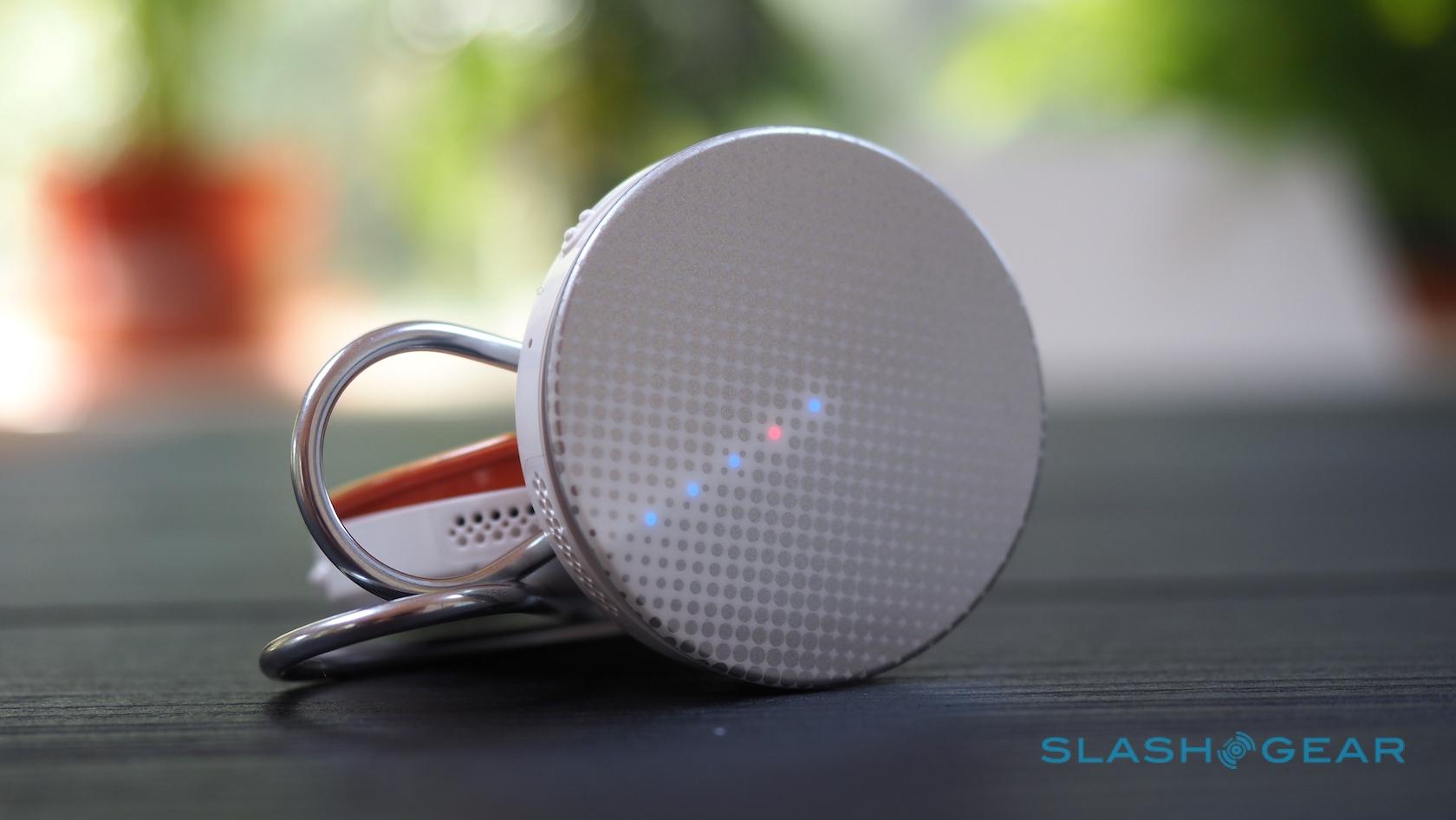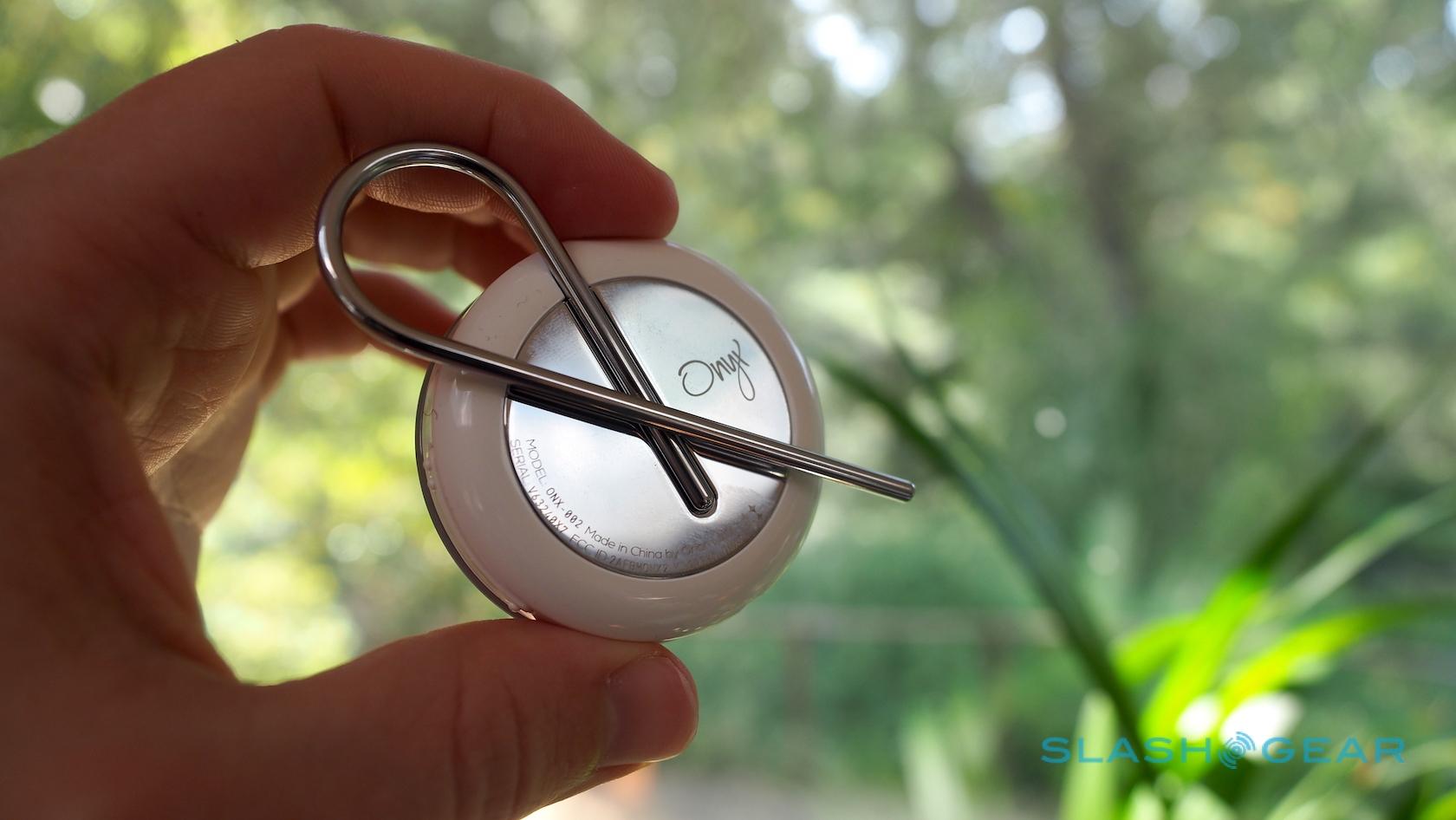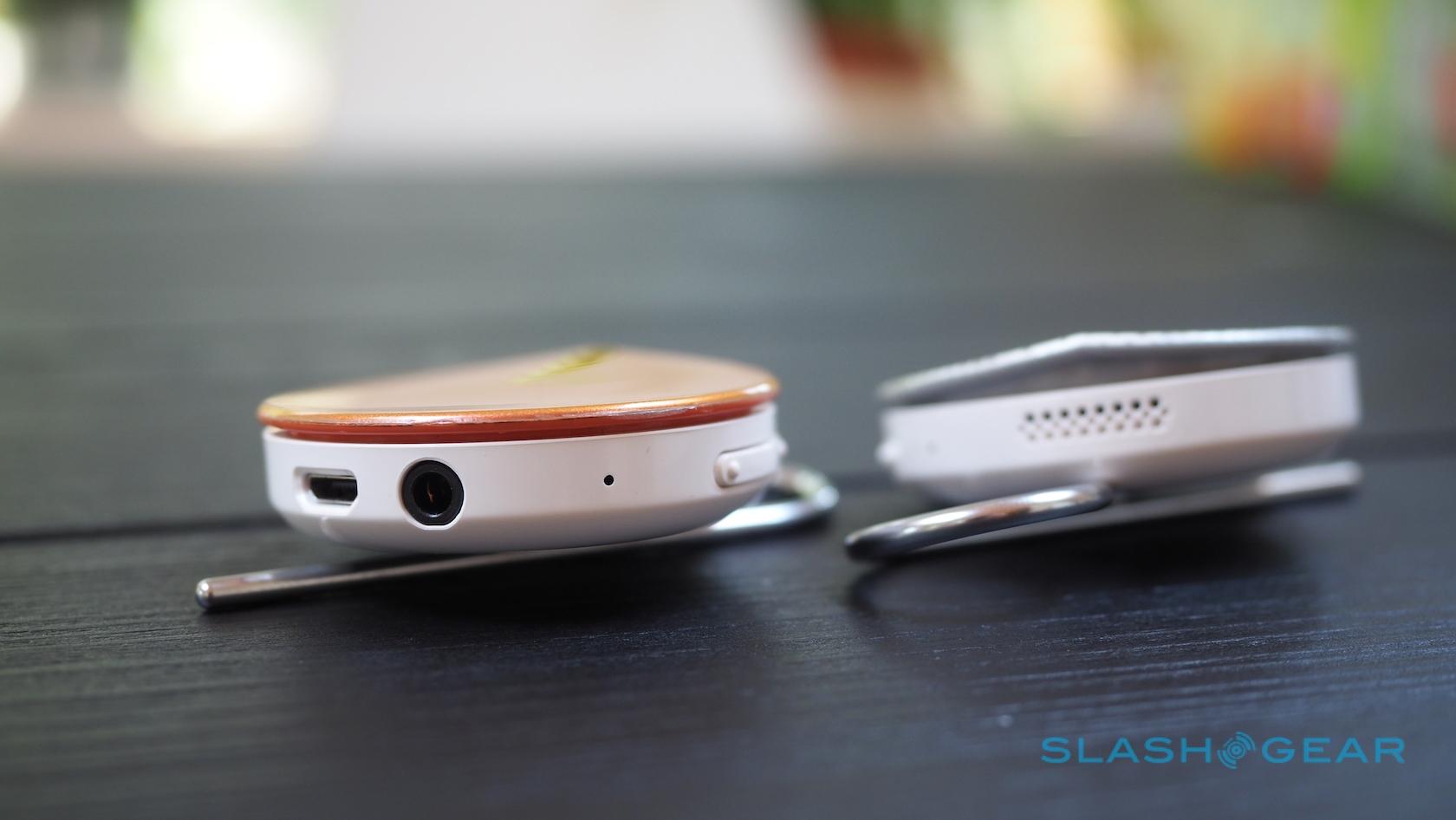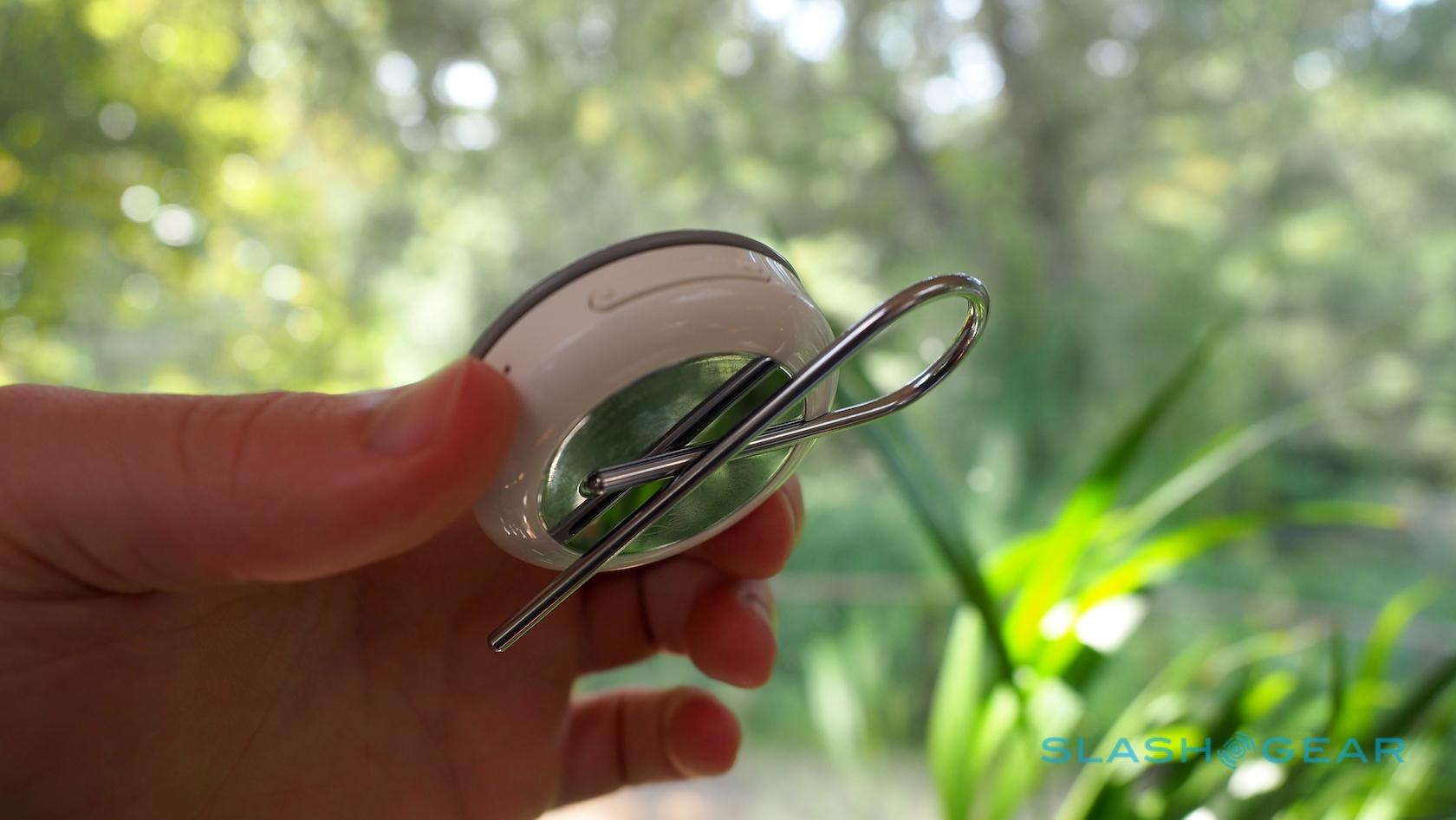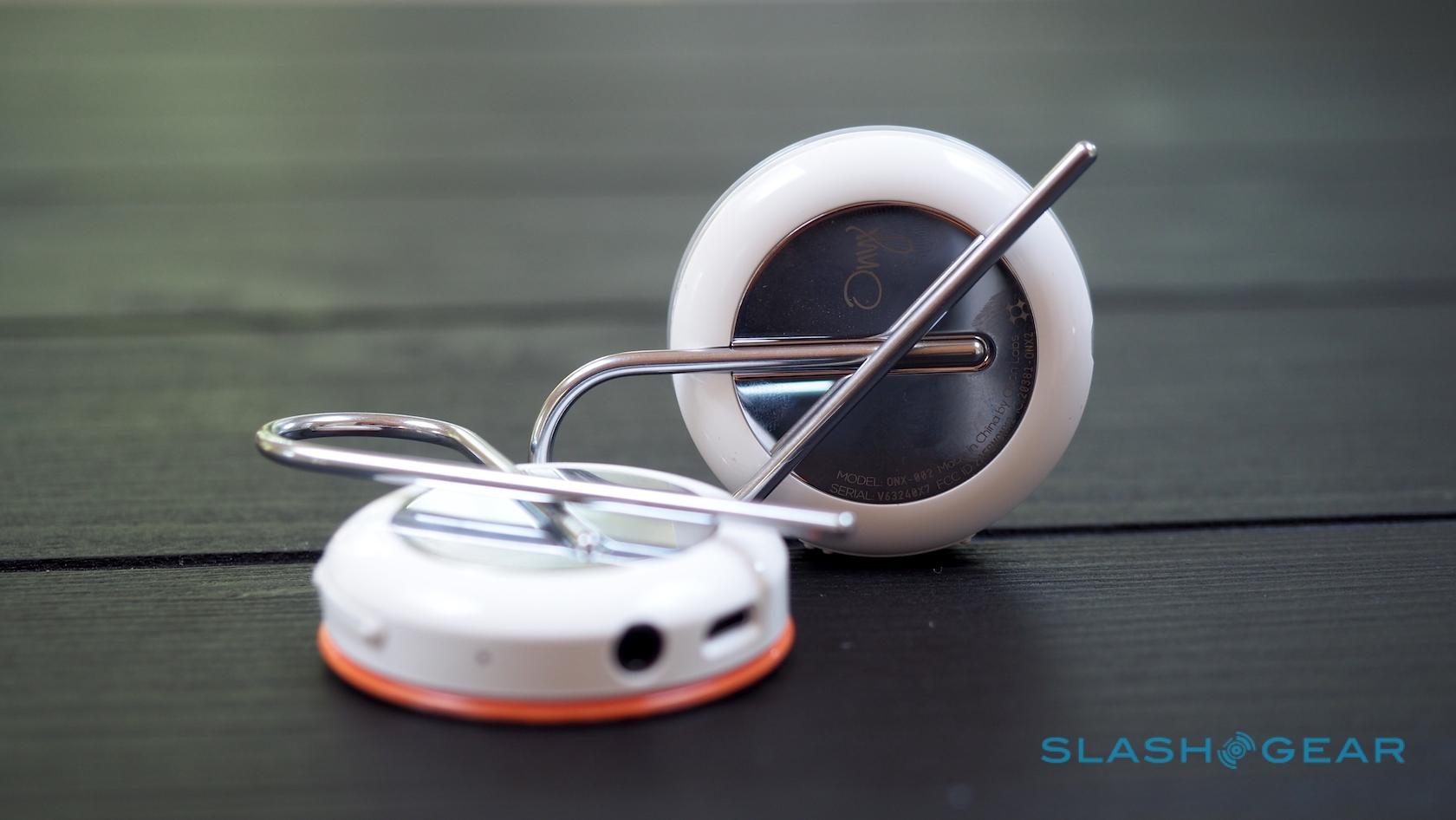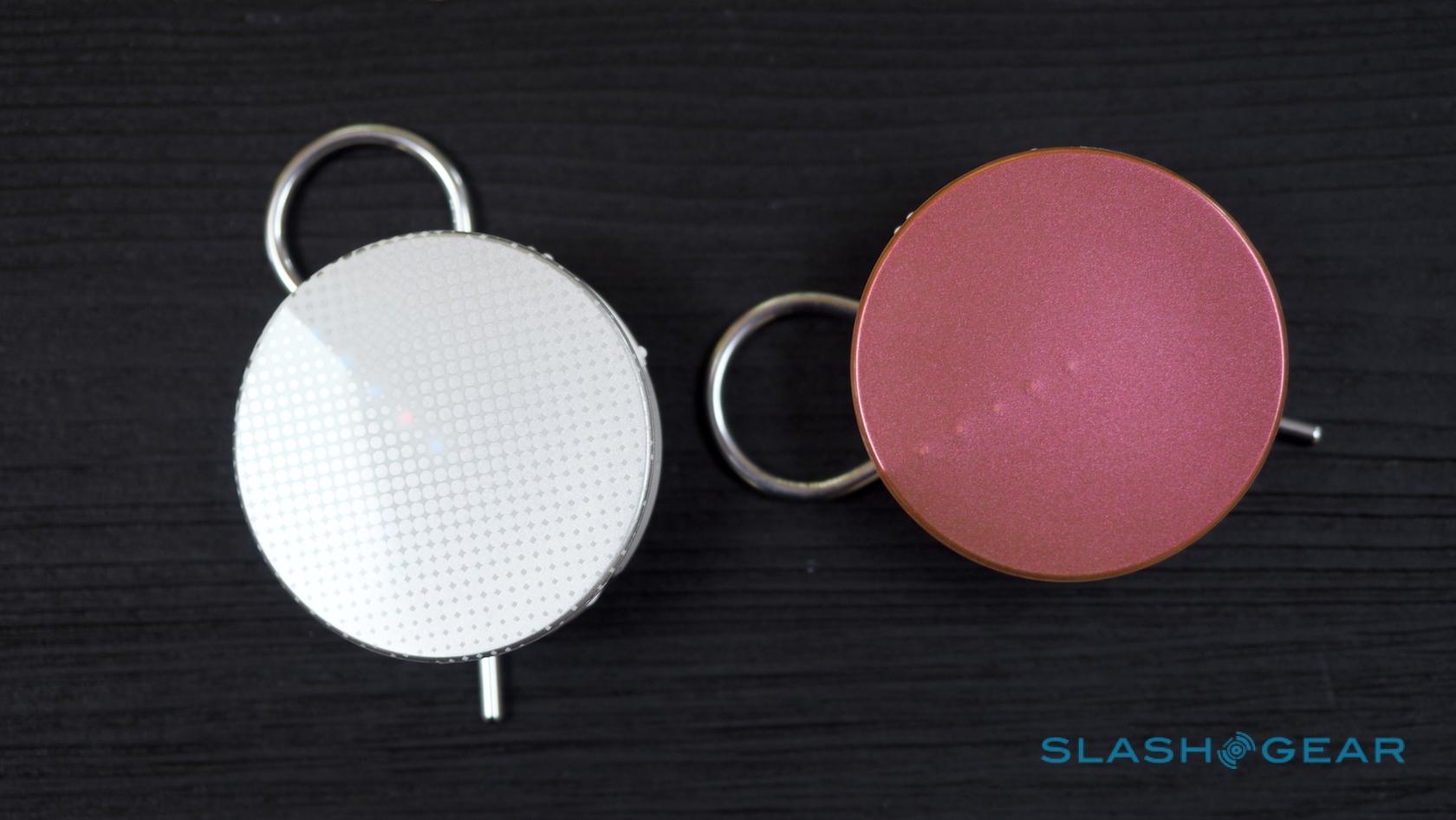Orion Onyx Review: Star Trek Communicator Fumbles Its Prime Directive
- Useful concept
- Communicator itself is easy to use
- Audio quality good
- Far too expensive
- Group management can be a chore
- Not waterproof
As product ideas go, "the Star Trek communicator, made real" requires little explanation. Orion Labs' Onyx aims to keep our smartphones in our pockets and bags where they belong, and return us to the halcyon days of push-to-talk or – if you're old enough to remember them – walkie-talkies by getting us into group conversations again.
This is actually Orion Labs' second attempt at a communicator-style device. The first-generation "Onyx Classic" was a lot less glamorous – think "I've fallen and I can't get up" type panic button for the elderly – though the concept was much the same.
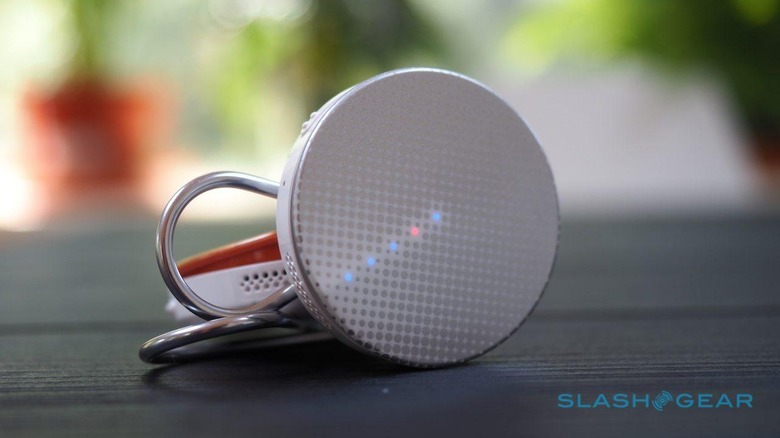
This second-generation version looks a lot better, though it's still fairly big at 2-inches across. There's a large metal clip which, with a little effort, can be attached to your shirt or collar, or hung from a purse. Onyx weighs 35g, which on the one hand is low enough to wear for extended periods, though on the other still sufficient to drag down a loose top.
Four finishes are on offer, speckled white or black, and shimmering peach or purple. Each charges via microUSB and has a headphone jack for private use; twin microphones and a speaker are built-in, as are volume control buttons. Behind the fascia are five LED lights used for status indication and for security during pairing.
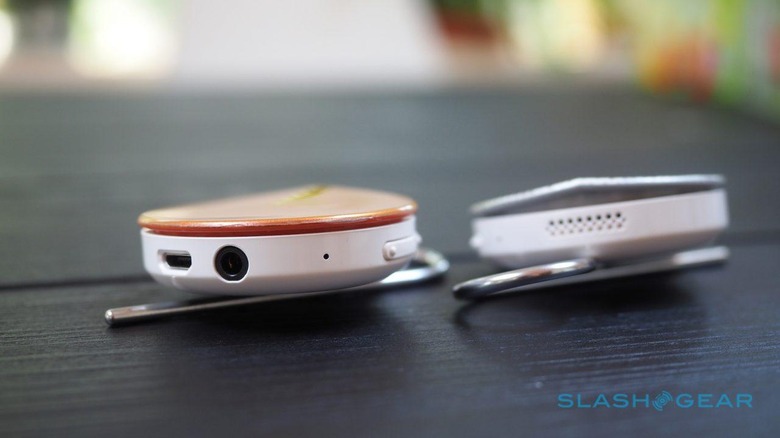
The whole front of the wearable is a button – push and hold to talk and transmit; release to finish – but you can twist it slightly to switch into silent mode. Twisted a little further, and Onyx powers off.
Onyx itself is only half the story: the other part is the app. Available for iOS and Android, it's where you first set the wearable up, create an account, and then manage your groups.

A group is basically a conversation including two or more people. Their status – available or muted – is displayed via a colored ring around their profile photo; if they've shared their location, that's shown on a map. There's no limit to the number of groups you can create, or how many people can be included, though you can only be active in a single group at any one time.
Slightly confusing is the process by which you build group membership. First, you need to separately add someone as a general contact; from there, you can individually choose them within the group, at which point they get an invitation to confirm their inclusion. It'd be easier if you could create a new contact within the group itself.
From there, it's pretty much like an old-school walkie-talkie. You press and hold the button while you speak, with your message relayed in real-time. Anyone else speaking is automatically played out loud unless you have headphones plugged in or have twisted Onyx into silent mode. Audio delay varies depending on your data connection, though seemed to average out at a second or so during my testing. When someone is speaking, nobody else can be heard.
That could well become a problem in larger groups, since there's no way to establish a pecking order of members. It would be useful to be able to at least set one or two people as having priority to cut through the rest of the chatter.
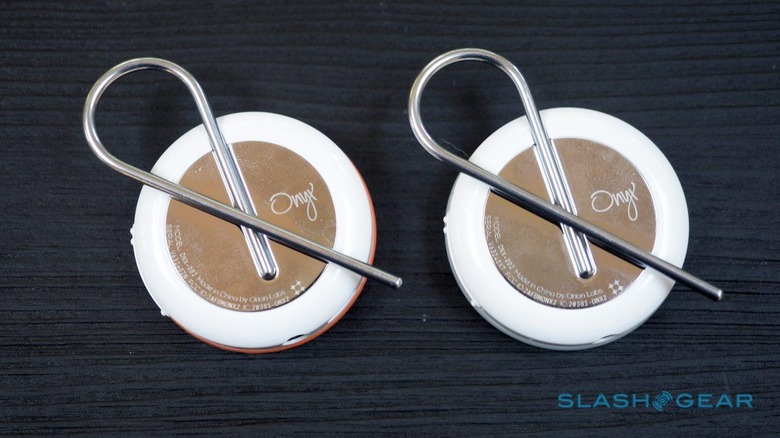
Some of my first plans for Onyx were scuppered by its reliance on a smartphone with a data connection: Orion bills the system as having "unlimited range" which, though theoretically true, does depend on you being online. Out walking in California's state parks, for instance, my idea of a push-to-talk link between different people in our group was undermined by failing network coverage. The crew of the Enterprise seldom had to worry about cell service; unfortunately, we still do.
The link from phone to Onyx is via Bluetooth LE, with Orion quoting a range of up to 30 feet. That's affected by what's in-between, of course, but was certainly sufficient for me to leave my phone on the desk and walk to the next-door room and still be able to communicate. Sadly, though Onyx is dust-resistant and can handle up to 93-percent humidity, it's not waterproof, which seems a missed opportunity for outdoor use and those taking part in extreme sports. Being able to zip your phone into a waterproof bag and still stay in touch would be great for rowers, skiers, and others who run the risk of getting wet.
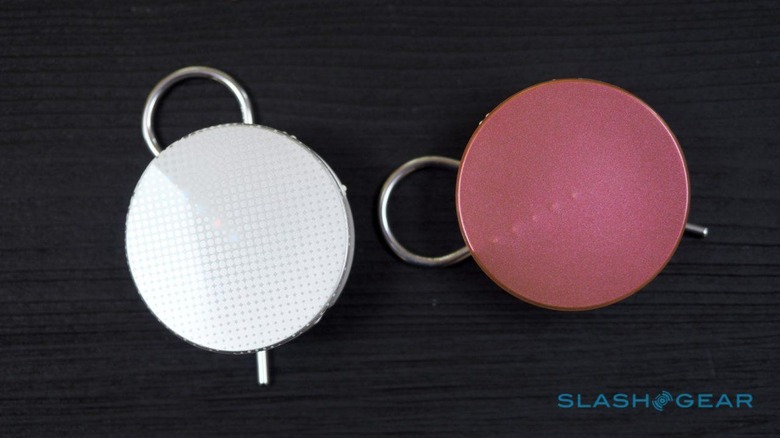
In the end, we settled on using Onyx more as a wireless home intercom than anything else. Then, not only could we be sure of a connection, but there was no chance of inadvertently being overheard by strangers while out in public. It was definitely convenient to be able to squeeze the button and ask for help while manning the grill outside, or quickly answer a question as I was cooking by pressing Onyx with my wrist, rather than having to wash my hands to punch out an IM reply.
It's loud, too – enough to hear over background music playing, certainly – and the audio quality is much better than you might be familiar with from a crackly old walkie-talkie.
Onyx's biggest problem, though, is price. A single unit is $149.99 (or $129.99 during the preorder period), but of course there's little point unless you have at least two. That's $279.99 (or $249.99 for a limited time). Orion will happily sell you a pack of twelve, but it'll set you back $1,599.99 (or $1,299.99 initially).
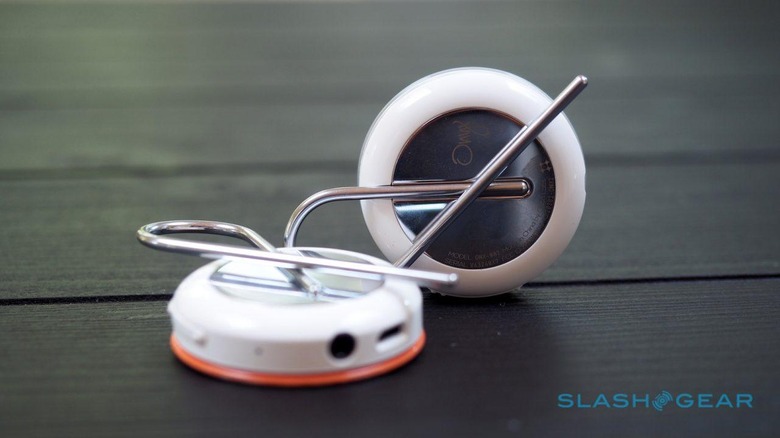
For a device that's roughly akin to a Bluetooth headset, that seems rich. Heck, you can have a whole Motorola G4 for $149.99, and while you don't get the same push-to-talk broadcast convenience as Onyx offers, the complexity of a smartphone versus that of a broach-like communicator seems hardly comparable.
Even if you had multiple units, their usefulness is undermined by needing to manage groups from within the app. If you're a member of several groups, you'll only hear incoming messages from the group you're currently active in. While the app shows who is currently hearing your messages, there's no way to tell from Onyx itself: you could very well be having a conversation with yourself.
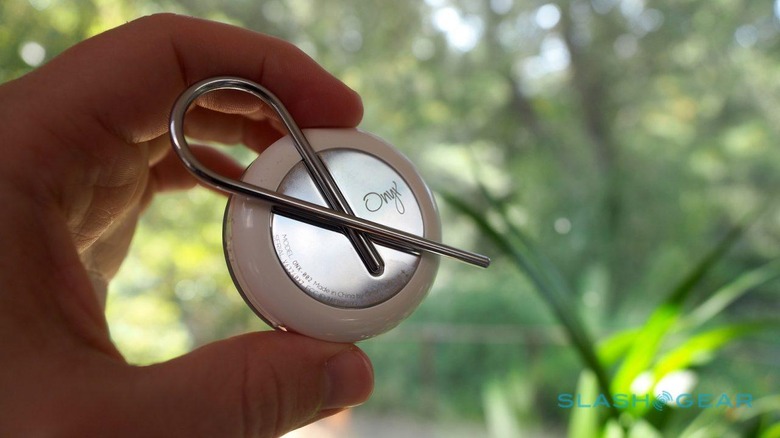
None of the broadcasts are saved – or, indeed, support any kind of recording – so there's no way to catch up with a conversation you've joined partway through. Although connection stability was pretty good after an Onyx app update, at random times the phone and the wearable would part-disconnect: they could send messages but not receive them. A warning about that pops up on the phone, but there's no notification on Onyx itself, so you could easily assume everybody was ignoring you or that the group was simply quiet.
Honestly, I could forgive many of these limitations were Onyx a third of the price. The concept is good, and there were moments when it was legitimately handy to be able to quickly say something without resorting to my phone. I could see myself spending $40-50 on it, but right now it's simply far too expensive for casual, non-enterprise buyers, and suffers a few too many rough edges for all but the most niche of use-cases.

